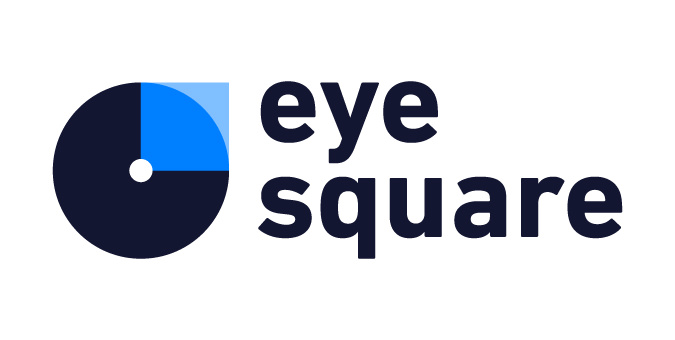13 Oct Evaluating classic and emerging pricing insights methods
Increasing profit through neuroscience & AI
A scientific study on pricing with astonishing results
The results of a study by Prof. Dr. Lippold (FH Ostfalia) comparing traditional and modern approaches of gauging consumers’ willingness to pay for goods and services are astounding. The advised course of action is very different amongst the methods, but a novel approach that integrates AI and neuroscience techniques also produces significantly better results than traditional approaches. The study was supported technically and financially by the market research institute eye square GmbH and operationally by the analysis specialist Success Drivers GmbH.
A whole industry of “pricing consultants” exists; they help their customers to find the optimal price for their products. For decades, companies and consultants have relied on the explicit Garbor-Granger or Van-Westendrop survey methods (Price-Sensitivity-Meter), along with statistical methods such as Conjoint (CBC). There aren’t enough comparison studies, and without them, there isn’t enough evidence- based recommendations about which methods to use when.
The emergence of the new implicit method group, “Implicit Pricing Intelligence (IPI)”, was the reason for the Ostfalia University of Applied Sciences, Wolfenbüttel/Lower Saxony under the scientific supervision of Prof. Dr. Axel Lippold in cooperation with the Berlin-based market research institute eye square to put the entire method spectrum for measuring prices through its paces in the form of a scientific study.
The relevancy is at an all-time high. The public’s attention is currently shifting more and more toward the price development of products and services, primarily in one direction—upward, as a result of inflation. However, in tandem to this and even earlier, price fixing determined the success or failure of businesses.
It happens, for example, that a price increase of 5% has no effect on the sales of a product but can increase the profit by 50%. But it is not only price increases that can bring more profit. Price reductions can also increase profitability under certain circumstances. Precisely when the sales volume more than compensates for the loss of margin. A delicate and complex system.
The study, which took place from July – September 2022 with 5,200 respondents for 13 consumer products, such as snacks, pet food to electronics, involved well-known companies that provided the sensitive market share data, average market prices, unit costs and retailer margins.
The most important discovery is that ideal prices differ greatly by method and significantly affect profit. This is remarkable because, in reality, each of the four techniques is regarded as a legitimate way to optimize prices on their own, and it is frequently done so.
The study suggests employing the Van Westendorp method to investigate the price range of new items, the Gabor-Granger method as a quick check for the range of potential prices, and conjoint analysis for product optimization. The most reliable suggestions for prices that maximize profits, however, come from the so-called Implicit Pricing Intelligence approach.
The complete study can be downloaded here free of charge:
About FH Ostfalia and Prof. Dr. Axel Lippold
With around 12,500 students, Ostfalia University of Applied Sciences is one of the largest universities for applied sciences in Lower Saxony. Professor Lippold teaches subjects in the field of marketing and has many years of practical professional experience as a management consultant for pricing.
About eye square GmbH
eye square has been developing proprietary technologies for 23 years and is a leader in the application of implicit market research methods

